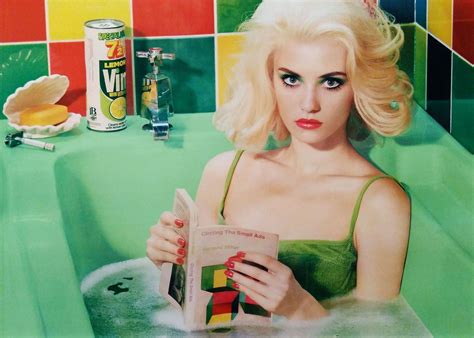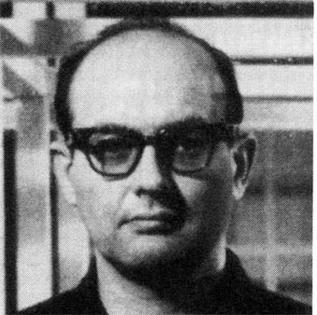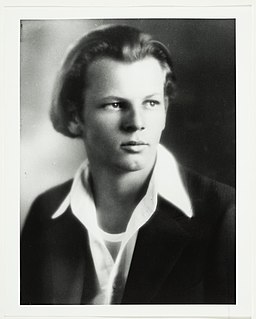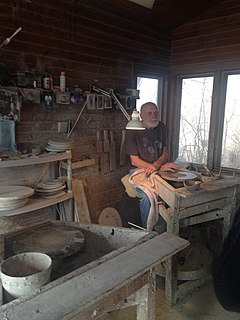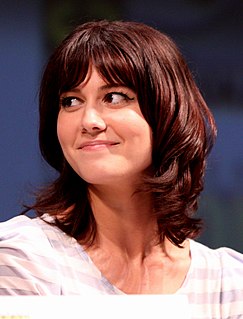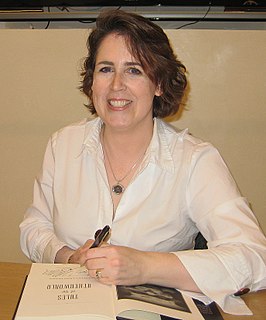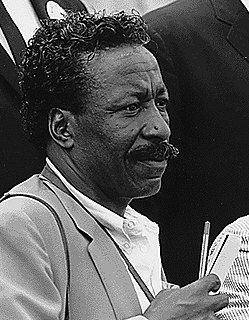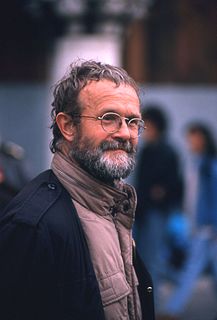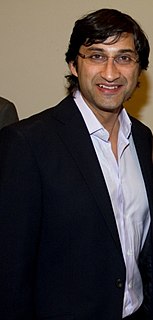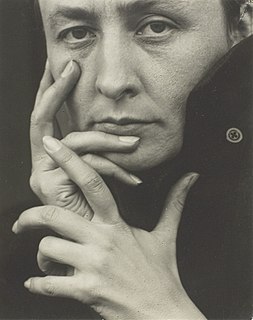A Quote by Gerhard Richter
Unlike the photography and prints, I never catalogued, kept track of or exhibited the sketches. I sold some occasionally, but never saw myself as a graphic artist. They became more important to me thanks to the exhibition, however, and I realized that these drawings were quite interesting after all.
Related Quotes
The principle factor in my success has been an absolute desire to draw constantly. I never decided to be an artist. Simply, I couldn't stop myself from drawing. I drew for my own pleasure. I never wanted to know whether or not someone liked my drawings. I have never kept one of my drawings. I drew on walls, the school blackboard, odd bits of paper, the walls of barns. Today I'm still as fond of drawings as when I was a kid - and that was a long time ago - but, surprising as it may seem, I never thought about the money I would receive for my drawings. I simply drew them.
I like the drawings. And as a photography fan myself, I would look at Helmut Newton or Irving Penn and like to see the initial notes or drawings, to see where the ideas grew from. Also my sketches are key to my work because I came to realise early on that by doing drawings, I could formulate a plan of what I was thinking of - I could take control and direct the work.
A lot of things encouraged me to start my label. I think it's very important for an artist to know how many records they've sold and where they've sold. I know that I have never been treated the way I'm supposed to be treated - like an artist. That's why I do things for myself. I feel like I'm a free man.
Some years ago I was working on some forms which were vase forms with a fairly narrow base, and it was after [Hans] Coper had died that I saw an exhibition of his, a catalogue from an exhibition, and he was showing some forms which were made by cutting and joining a lot of different parts together to create what he called a spade form, which you can imagine looks a little bit like a shovel upside down.
I was always telling myself I could handle a more complex role, I could handle something bigger and more interesting than the work I was doing. But I wasn't demanding that of myself. At a certain point, I realized it was never going to come my way unless I started taking more control of it. That's what I realized I had to do.
I've been an artist forever. I started when I was in the third grade. I drew drawings of monsters and I sold them to my classmates for a dime. I studied painting. Originally I was a design and illustration major, but I met this girl. Back then, if you were a designer, you were a real sellout, and she was a real hardcore painter. I knew she would never take me seriously unless I was an art major, so I switched majors to fine arts. Anyway, we're married now. So it worked. How I got to my style? I'm a weird artist in that everything I do looks a little different.
Simon's walls were covered in what looked like pages ripped from a comic book, but when I squinted, I realized they were hand drawn. Some were black-and-white, but most were in full color, everything from character sketches to splash panels to full pages, done in a style that wasn't quite manga, wasn't quite comic book.
It never seemed important to me that my photos be published. It's important that I take them. There were periods where I didn't have money, and I would imagine that someone would come to me and say: 'Here is money, you can go do your photography, but you must not show it.' I would have accepted right away. On the other hand, if someone had come to me saying: 'Here is money to do your photography, but after your death it must be destroyed,' I would have refused.


